Developer Tools That Simplify Your Life (2 Part Series)
1 Installing CLI Tools Using ‘dephell’
2 Using Python3’s ‘venv’ with tox
Using the built-in Python module in favor of
virtualenvto create your testing or project automation environments.
tox is a generic virtualenv management and test command line tool, especially useful for multi-environment testing. It has a plugin architecture, with plenty of both built-in and 3rd party extensions.
This post assumes you are already familiar with tox and have a working configuration for it. If not, check out its documentation.
In order to make tox use the built-in virtual environment venv of Python 3.3+, there is a plugin named tox-venv that switches from using virtualenv to venv whenever it is available.
 tox-dev / tox-venv
tox-dev / tox-venv
Use Python 3 venvs for Python 3 test environments
Typically, venv is more robust when faced with ever-changing runtime environments and versions of related tooling (pip, setuptools, …).
To enable that plugin, add this to your tox.ini:
<span>[tox]</span><span>requires</span> <span>=</span> <span>tox-venv</span><span>[tox]</span> <span>requires</span> <span>=</span> <span>tox-venv</span>[tox] requires = tox-venv
That merely triggers tox to check (on startup) that the plugin is installed. You still have to add it to your dev-requirements.txt or a similar file, so it gets installed together with tox. You can also install tox globally using dephell jail install tox tox-venv – see the first post in this series for details.
The end result is this (call tox -v to see those messages):
<span>py38</span> <span>create:</span> <span>…/.tox/py38</span><span>…/.tox$</span> <span>/usr/bin/python3.8</span> <span>-m</span> <span>venv</span> <span>py38</span> <span>>…/log/py38-0.log</span><span>py38</span> <span>create:</span> <span>…/.tox/py38</span> <span>…/.tox$</span> <span>/usr/bin/python3.8</span> <span>-m</span> <span>venv</span> <span>py38</span> <span>>…/log/py38-0.log</span>py38 create: …/.tox/py38 …/.tox$ /usr/bin/python3.8 -m venv py38 >…/log/py38-0.log
And there you have it, no more virtualenv package needed.
Developer Tools That Simplify Your Life (2 Part Series)
1 Installing CLI Tools Using ‘dephell’
2 Using Python3’s ‘venv’ with tox




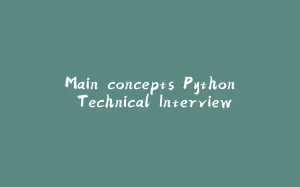
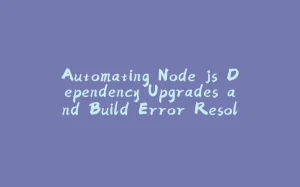
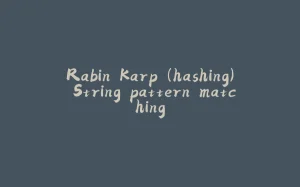

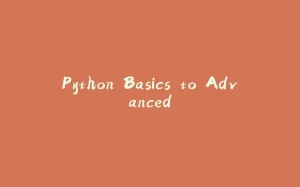
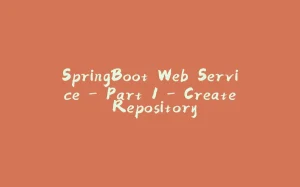
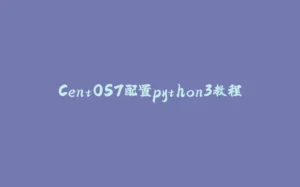
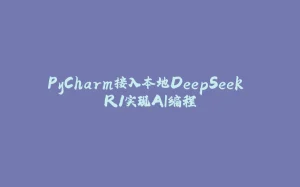
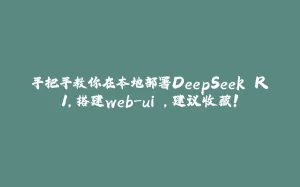
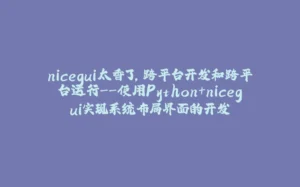
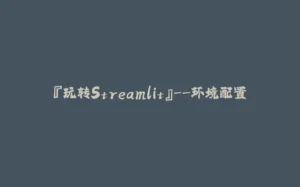
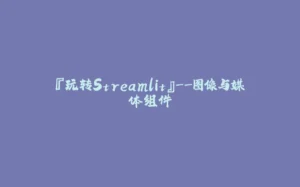

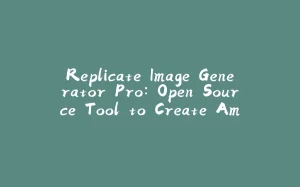
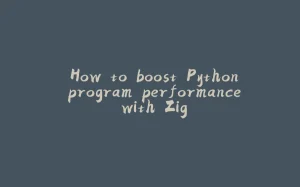
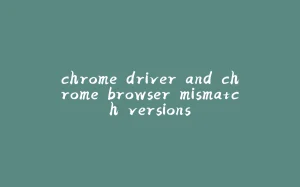
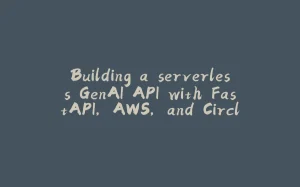






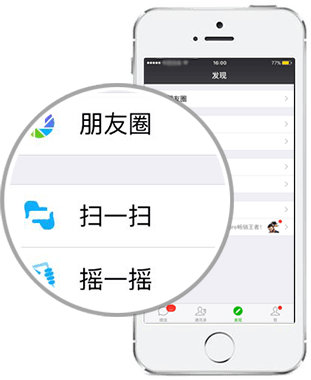
暂无评论内容